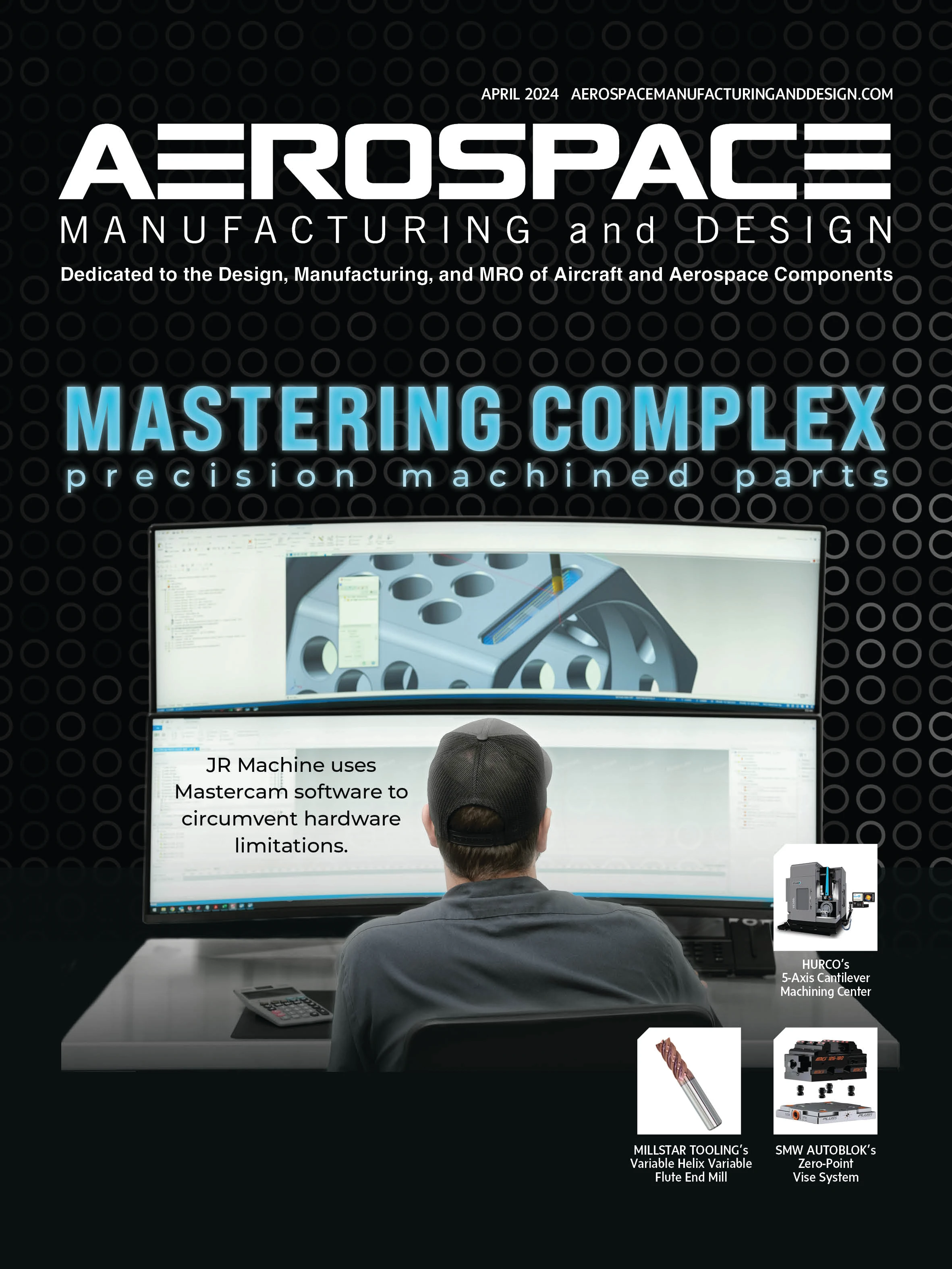

When designing or purchasing carbide endmills for cutting aluminum, it’s important to find a solution tailored to the aluminum alloy you intend to mill.
A common feature among these endmills is a cylindrical-shaped land (area) that runs along the cutting edge. Aluminum tends to become sticky and adhere to the tool during machining, so a cylindrical land prevents excessive material buildup and reduces the risk of chipping at the cutting edge.
It’s critical to maintain a constant width front-to-back. Cylindrical lands are typically narrow, ranging from 0.002" to 0.006" wide, depending on the diameter. When the endmill is manufactured, the cylindrical land retains its form from the original blank diameter, which underwent centerless grinding. As a result, the cylindrical land is inherently true and concentric to the shank diameter. When resharpening, it’s essential to reproduce this precision. An additional challenge is to maintain a consistent land width to the cutting edge from front to back.
Furthermore, endmills designed for aerospace materials have features including variable helix designs that mitigate chatter and harmonics while enhancing metal removal rates or a polished flute to enhance chip evacuation and surface finish.
Reducing the endmill diameter is necessary for each re-sharpening. Extensive wear and material buildup inside the flute often occur, necessitating flute touch-ups. This process involves removing the cylindrical land. There are essentially two methods for resharpening:
Eccentric relief – Most CNC grinding programs offer an eccentric relief feature. Program a 0.1° or 0.2° relief angle and this becomes your primary relief. Such a small angle will perform very similar to a cylindrical land. Then program a regular secondary relief with the angle of your primary and follow up with a tertiary (3rd) that takes the angle of a secondary relief. If the software works correctly, this method should also be compatible with variable-helix endmills.
V-block – Another option uses a V-block and pressure finger within the collet system. This setup allows the shank to run along the V-block. You can now perform a cylindrical grinding operation with a fine-grit grinding wheel. As the stock removal is minimal, interrupted grinding shouldn’t pose significant issues. Just make sure you touch up the flute rake angle after cylindrical grinding. One drawback of this method is the extended setup time required to mechanically dial-in the V-block.
The two primary components of accuracy are total indicator runout (TIR) and maintaining a consistent land width. When the rest of the endmill is reground effectively, users will encounter consistent and optimal performance in subsequent machining operations.
About the author: Eric Schwarzenbach, founder of MyGrinding Inc., retired as president from Rollomatic Inc. – global builder of CNC grinding and laser cutting machines.

Explore the April 2024 Issue
Check out more from this issue and find your next story to read.
Latest from Aerospace Manufacturing and Design
- AAMI project call submission deadline extended to May 12
- Jergens launches cast iron tooling column additions
- Airbus to acquire assets relating to its aircraft production from Spirit AeroSystems
- FANUC America's Cobot and Go web tool
- Chicago Innovation Days 2025: Shaping the future of manufacturing
- High-density DC/DC converters for mission-critical applications
- #59 - Manufacturing Matters: Additive manufacturing trends, innovations
- ACE at 150: A legacy of innovation and industry leadership





